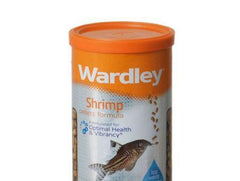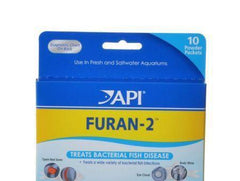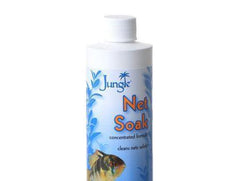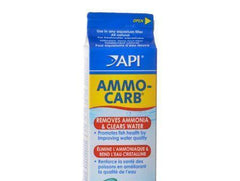Potassium Permanganate: Koi Fish Parasite Treatment 500g
SeaSide Supplies
This is pure laboratory grade potassium permanganate, not the toxic water softener your find at your hardware store.
Potassium Permanganate is a useful fish disease treatment; acting against a range of protozoan parasites including Trichodina, Costia and Chilodonella.
In addition to being an effective anti-parasite treatment, Potassium Permanganate can also assist with bacterial gill disease and bacterial disease such as skin ulcers. It will also oxidize dissolved organic matter, reducing the biological oxygen demand and improving water quality and clarity.
Add Aeration Potassium Permanganate removes dissolved oxygen from the water, so you will want to have plenty of aeration during the treatment.
Know Your TRUE Gallons; Overdosing can be deadly! The best way to know your TRUE gallons is by filling your pond with a water meter. If you have not filled your pond with a water meter, try to estimate your pond gallons by: Length x Width x Depth x 7.5. Remember, this way is not exact.
Dosage: 1 level teaspoon per 1,000 gallons. This should give you a 2 ppm dosage.
Mix In bucket of pond water, mix the recommended dose of PP until mixed thoroughly. Add aeration to mix for 30 minutes.
Distribute Evenly Pour (slowly), into pond returns, and at all sides of the pond.
Check the Water Color Every Hour Try to keep the water pink for at least 5 hours. If you have a lot of organic waste in the pond, it may turn brown or tea colored right away. This means that the PP has already finished.
Watch for Signs of Stress in Your Koi If you see your koi at the surface of the pond gasping for air during the treatment, either add more aeration or deactivate the treatment immediately.
Deactivate After you have reached at least 5 hours of treatment, with the water remaining a pink color, you can deactivate.
Directions for Deactivation: Deactivate by using 2 cups of 3% Hydrogen Peroxide per 1,000 gallons.
Repeat every day for a total of 5 treatments.
100 grams treats up to 16,500 gallons
250 grams treats up to 41,500 gallons
500 grams treat up to 83,000 gallons
QUESTIONS & ANSWERS
Have a Question?
Be the first to ask a question about this.














